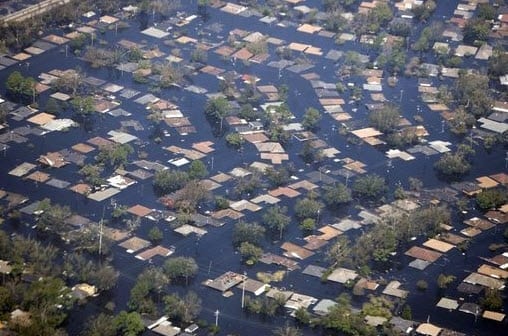 With spring now insight, it’s time to prepare for nasty weather. Depending on what part of the nation you live in, that could mean tornados and hail, or spring rains and flooding. This is a good time to examine your homeowner’s policy for any needed updates that may need to be made.
With spring now insight, it’s time to prepare for nasty weather. Depending on what part of the nation you live in, that could mean tornados and hail, or spring rains and flooding. This is a good time to examine your homeowner’s policy for any needed updates that may need to be made.
Last year we had amazing weather activity. In the United States, we saw abundant rainfall; with many states receiving record amounts and other states getting well over normal. Snow and bitter cold temperatures set seasonal records, and numerous tornados caused one of the busiest seasons since 1950.
Although hurricane activity was minimal, flooding caused the most incidents of property damage and casualties. Many states had record rainfall amounts, which caused major flooding. From the Northeastern states, to the Midwest and Southern states; six billion dollars in damages and over 45 people killed in a two month period.
During the last 100 years, the number one natural disaster causing the most damage and loss of life has been flooding. Property damage from flooding usually results from massive amounts of water and mud flowing into the house. Flood waters also carry enough force to destroy a building, as seen recently in New Zealand and Japan.
In 1968 Congress created the National Flood Insurance Program (NFIP) to assist homeowners and businesses in communities at risk for flooding. Since regular insurance policies didn’t cover flooding, the government created this plan. It was meant to be an alternative to disaster assistance, to help meet the rising costs of repair and property replacement.
In 2010, about 5.5 million homes carried the government offered insurance; most of them in Texas and Florida. The NFIP was supposed to be self-supporting from premiums that paid for it. However, due to repeat losses and pay outs, the taxpayer is supplying about 200 million a year for it. Moreover, the NFIP borrows from the U.S. Treasury also, and is in debt close to 18 billion dollars.
Recently, the program is getting attention with a Republican backed bill allowing the agency to make changes. A few being; gradual rate increases annually, new coverage options that included additional living expenses and business interuption (both with set limitations) along with making the updating of maps more of a priority. But the bill does not address the long fought for wind coverage.
The program has been amended three times, and with this long overdue reform, officials hope to continue the program for another five year stretch. Currently, the plan is up for renewal in September of this year.
